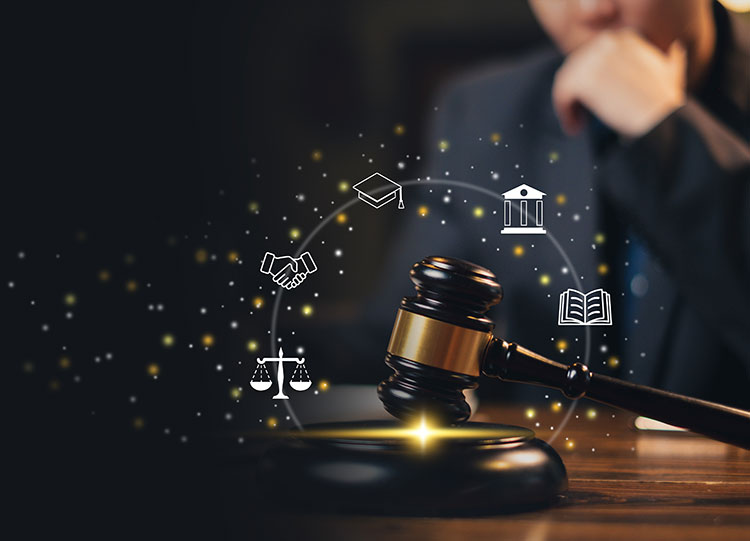
As courtroom communication evolves, visuals have become central. Legal teams increasingly use illustration to explain events, scenes, and processes. Companies like LawFX are at the forefront of this visual legal revolution.
Understanding Courtroom Visuals
Unlike media sketches, these visuals aim to explain—not just depict—key scenes or events from a case. They may include accident reconstructions, injury depictions, or medical procedure visuals. LawFX ensures legal animation and graphics each piece aligns with legal standards while enhancing testimony.
The LawFX Approach to Legal Illustration
LawFX works hand-in-hand with attorneys to create visuals tailored to the case. Each image supports testimony and simplifies complex evidence.
How Legal Illustrations Improve Trials
In court, time is short and information is dense. An effective illustration can support or even replace lengthy explanations. This improves juror retention and creates stronger emotional impact during trial.
Visual Tools in Trial: A Breakdown
They're used to organize arguments or highlight key facts. LawFX often combines both to deliver a unified, persuasive presentation strategy.
Practice Areas That Rely on Courtroom Visuals
Litigation consultants recommend illustrations to anchor complex arguments. The versatility of these visuals makes them valuable across all phases of litigation.
Where Trial Illustrations Make a Difference
Jurors can see what happened instead of just hearing it. Medical cases especially require diagrams of anatomy, procedures, or diagnostic errors.
How Legal Visuals Are Created
Next, they collect evidence, photos, expert reports, and medical records. Drafts are created and reviewed with the legal team for accuracy. This collaborative method ensures that every visual is effective, precise, and courtroom-approved.
Improving Jury Comprehension with Art
Most jurors are unfamiliar with technical language or specialized procedures. Visual storytelling keeps jurors focused and makes complicated testimony easier to follow.
Admissibility of Legal Visuals
Every LawFX visual meets courtroom standards for fairness and accuracy. Avoiding exaggeration or misleading design ensures their work withstands scrutiny and contributes to trial success.
How Legal Art Supports Mediation and Arbitration
They show the strength of a case in ways that copyright cannot. Attorneys use them to influence settlement terms or simplify complex arguments during mediation.
What Clients Ask About LawFX
What visuals do you create? Courtroom illustrations, trial graphics, 3D models, and digital presentations.
Are they admissible? Yes—they meet evidentiary standards and are reviewed with experts.
What’s the difference between illustrations and trial graphics? Graphics show data; illustrations show events or scenes.
Where can they be used? In court, settlement, depositions, and mediation.
How long does it take? Simple visuals take days, complex ones may take 1–2 weeks.
Final Thoughts
Legal visuals improve communication, clarify arguments, and help jurors make better decisions. LawFX stands out by combining artistic talent with legal understanding.